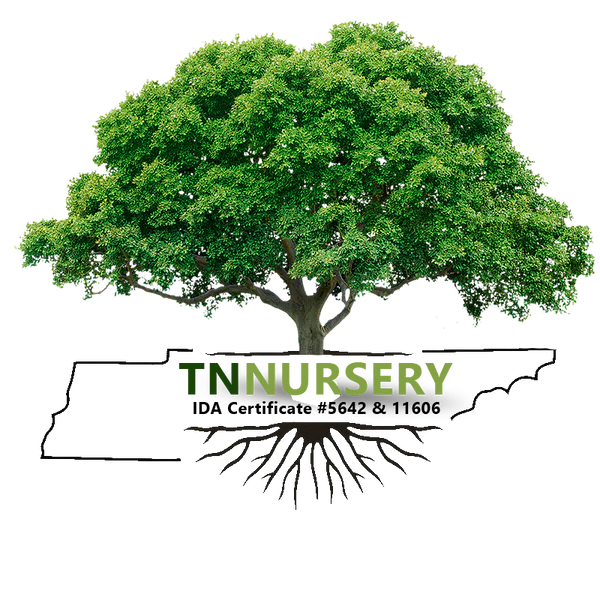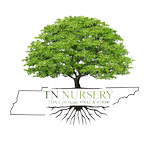Filters

Wetland Plants
11 products
- Planting Zones 4-8
- 5.0
- Planting Zones 4-9
- 4.8
- Planting Zones 4-9
- 4.0
- Planting Zones 3-9
- Planting Zones 5-9
- Planting Zones 4-8
- Planting Zones 4-9
- Planting Zones 4-9
- 4.0
- Planting Zones 3-9
- 4.8
- Planting Zones 4-9
- Planting Zones 4-9
- 4.9
Buy Wetland Plants from TN Nursery
Wetland plants have many uses in restoration and mitigation plants across the United States. TN Nursery sells quality bare-root native and Wetland Plants.
Less than a century ago, wetland areas of all sizes looked at something drained, filled in, or otherwise disposed of. After decades of re-education (and many hard-learned lessons), we know we were wrong about wetlands.
They prevent flooding and are one of the world's most extensive habitats for plants and animals. By acting as a filter, they can also stop and reduce the effects of pollution. And this applies to backyards as well as the Everglades.
1. Lily pads
2. cattails
3. Lizards Tail
4. Coon Tail
Is it a bare "wet spot" that never dries up? A long-ago abandoned swimming pool project? A "retention pond" caused by runoff? It's easy to create situations that form permanent or semi-permanent standing water bodies on a property.
But a water body without accompanying vegetation is a water hazard in more ways than one. It can act as a breeding ground for disease-spreading mosquitoes. It can attract non-native and undesirable plants and animals. And this water can move from unvegetated bodies into other parts of a yard and even into a house itself.
Instead of more drainage or construction to your property, try introducing native wetland plants to that problem wet area.
Wetland Plants prevent erosion and flooding, increase water oxygen, and filter toxins from standing water.
And planting these plants acts as a welcome mat to beneficial bugs, amphibians, and birds, reducing harmful insects.
As region and circumstances affect planting choices, you should make these selections with county extension agents' or local nurseries' input. But the right general decisions include:
1. Wetland Grasses
Plant a grass buffer zone that extends to the lip of the pond or wet area. Gamma grass and sand cordgrass are just two attractive examples that prevent erosion. Once your "pioneers" have become established, other backyard water plants that do well are:
2. Water's Edge
Native plants that grow at the pond's very edge or shallow water include the iris, cattails, and the gorgeous cardinal (which hummingbirds love) flower. These plants draw and feed on pollutants from very wet soil.
3. "Floaters."
Natives like basswood and the stunning water lilies provide essential cover for animals and clean and purify water by absorbing toxins.
Submerged Plants
Clusters of underwater plants provide everything from food to cover to "nurseries." They also filter out toxins, help to aerate the water, and prevent the overgrowth of algae. Good native choices include water starwort and curled pondweed.























